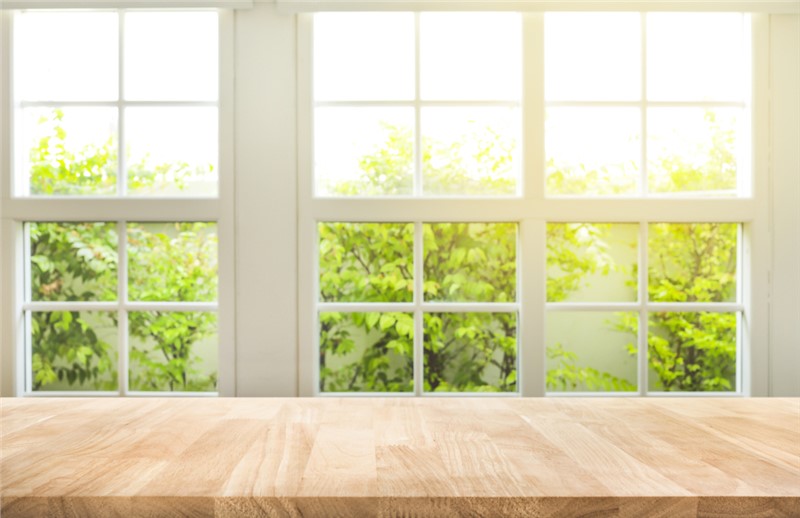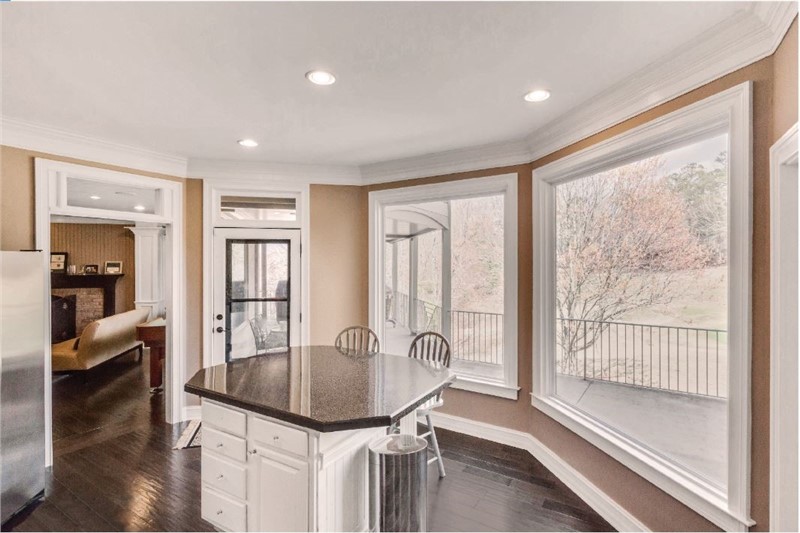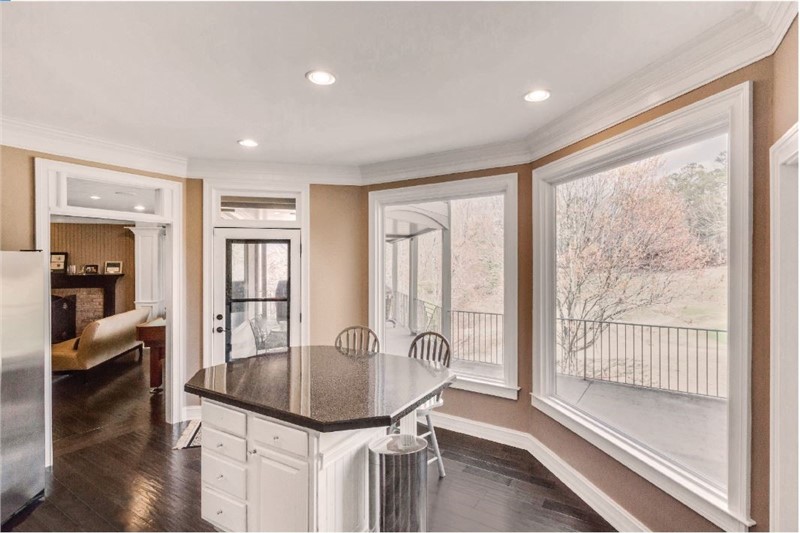
Are you thinking about replacing your home windows in the South? These days, its more important than ever to have airtight, energy efficient window replacements. Of course, there are a lot of window features and ratings that are hard to figure out.
For instance, you may have heard about Solar Heat Gain Coefficient. It’s one of the most important features to pay attention to when shopping for new windows.
What is the Solar Heat Gain Coefficient?
When you are shopping for energy efficient windows, you’ll want to pay close attention to the Solar Heat Gain Coefficient (SHGC). This is the number that tells you how well a replacement window blocks solar energy from entering the home. There are several factors that can affect the SHGC of a window or door, such as:
- The reflectivity of a window’s surface
- How much solar energy window glass will absorb
- How much energy is transmitted through the glass into your home
The SHGC is shown as a fraction of a whole number between zero and one. The lower the fraction, such as .2 vs .7, the better your windows are at blocking the sun’s energy.
However, you don’t want a SHGC of zero for your new windows. This will keep all of the sun’s energy from entering your home in the winter when a little extra heat is a good thing. It’s important to pick windows that balance both needs for cooling in summer and warmth in winter. Most homeowners will want to look for a window with around .3 to .6 SHGC to ensure they bet the best results year-round.
How to Know if Your Current Home Windows are Losing their Efficiency
As windows get older, they can start to wear out and become much less effective at protecting your Southern home against the elements. Even the energy efficient window features can wear off or fail. Here are a few things to keep an eye out for:
- Carpets and Furniture Start Fading: Low-e coatings are great at improving SHGC by blocking and reflecting UV rays. These coatings can wear off after 10-15 years which means your window no longer keeps solar rays at bay.
- Condensation Forms Between Windowpanes: If you have double-pane windows, they will be sealed to create an airtight barrier between them. However, the seal can fail allowing moisture, and also heat or cold energy, to pass through more easily.
- Glass Feels Warm to the Touch: To further prevent heat transfer into the home, the space between windowpanes is usually filled with an inert gas, like argon. When the seal fails, the gas can leak out reducing the window’s insulating effects. So, when you touch the glass inside your home, it will feel warm in the summer and cold in the winter.
If you are worried about the effectiveness of your home windows, call on Statewide Remodeling in Texas, Oklahoma, or Arkansas. Our Southern window company will be able to tell you if your home needs new window installation during a free consultation.
We offer several remodeling services too:
- Bathrooms
- Kitchens
- Doors
- Floor Coatings
Feel free to ask us about a free estimate for any of these renovations during your consultation.



.png)
.png)



